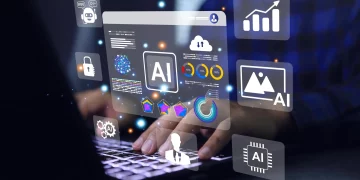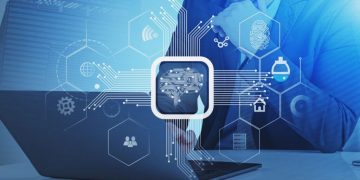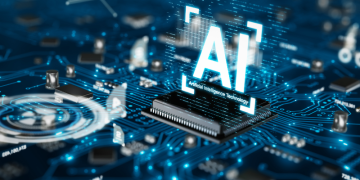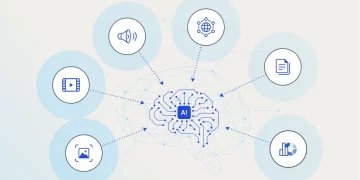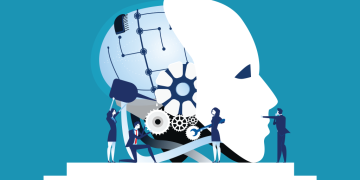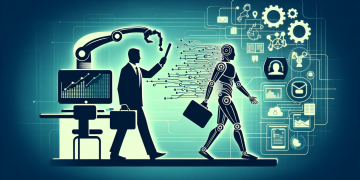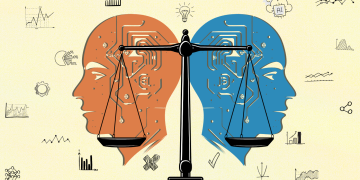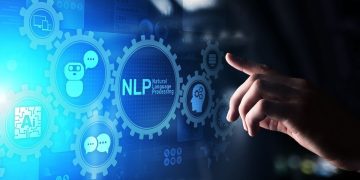In today’s data-driven economy, artificial intelligence is no longer a futuristic concept—it’s a strategic imperative. From enhancing operational efficiency to driving product innovation, AI-powered tools are helping businesses reimagine how they compete and grow. But with hundreds of AI applications on the market, many leaders are asking the same question: Which AI tools are best suited for enterprise use, and how exactly do they contribute to innovation and competitive strength?
This article explores the most impactful categories of enterprise-ready AI tools and explains how they help businesses stay ahead in increasingly competitive markets.
1. AI-Powered Business Intelligence and Analytics Tools
Examples: Microsoft Power BI (with AI features), Tableau with Einstein AI, Google Looker, ThoughtSpot
These tools use machine learning to uncover patterns in business data, provide predictive insights, and automate reporting. Instead of just describing what has happened, modern BI tools help answer “what will happen next” and “what should we do about it?”
How they drive innovation and competitiveness:
- Enable faster, data-driven decision-making across departments
- Identify hidden trends that lead to new product opportunities or operational improvements
- Reduce dependency on data science teams by empowering non-technical staff with smart visualizations and AI-driven insights
2. AI-Enhanced Customer Service Platforms
Examples: Zendesk AI, Salesforce Einstein, Intercom Fin, Freshdesk Freddy, Cognigy
AI-driven customer support tools automate responses, suggest answers to agents, analyze sentiment, and personalize interactions at scale.
How they drive innovation and competitiveness:
- Cut response times and improve customer satisfaction through 24/7 support
- Use customer behavior analytics to refine services or create new features
- Free up human agents to focus on more complex issues, increasing service quality and employee productivity
3. AI for Sales and Marketing Automation
Examples: HubSpot with AI features, Salesforce Sales Cloud, Drift, Jasper, Copy.ai, Marketo Engage
AI tools in this space generate leads, personalize marketing messages, optimize campaign timing, and analyze content performance.
How they drive innovation and competitiveness:
- Deliver hyper-personalized marketing at scale, improving engagement and conversion
- Help sales teams predict buyer behavior and prioritize leads that are most likely to close
- Automate repetitive tasks (email drafting, social media planning, A/B testing), freeing teams for creative strategy
4. Generative AI for Content Creation and Design
Examples: ChatGPT Enterprise, Adobe Firefly, Canva AI, RunwayML, Midjourney, Synthesia
Generative AI enables enterprises to create text, images, videos, and presentations in seconds—without the need for traditional creative production cycles.
How they drive innovation and competitiveness:
- Speed up campaign and product content creation from weeks to days or hours
- Allow teams to prototype and test creative ideas faster, encouraging experimentation
- Reduce costs of design and video production while maintaining brand consistency
5. AI in Human Resources and Talent Management
Examples: Eightfold AI, HireVue, Pymetrics, Workday Adaptive Planning (AI-assisted), Beamery
These tools leverage AI for candidate screening, job matching, performance evaluation, and workforce planning.
How they drive innovation and competitiveness:
- Identify high-potential candidates more quickly, reducing hiring timelines
- Minimize bias in recruitment through data-driven assessments
- Predict employee turnover and recommend retention strategies
6. AI for Supply Chain Optimization
Examples: o9 Solutions, Llamasoft (by Coupa), Blue Yonder, SAP Integrated Business Planning with AI
AI models here analyze demand patterns, optimize inventory, and improve delivery reliability through real-time forecasting and adaptive planning.
How they drive innovation and competitiveness:
- Reduce operational costs by minimizing excess inventory and stockouts
- Increase agility in responding to supply chain disruptions
- Enable just-in-time decision-making in logistics, purchasing, and manufacturing
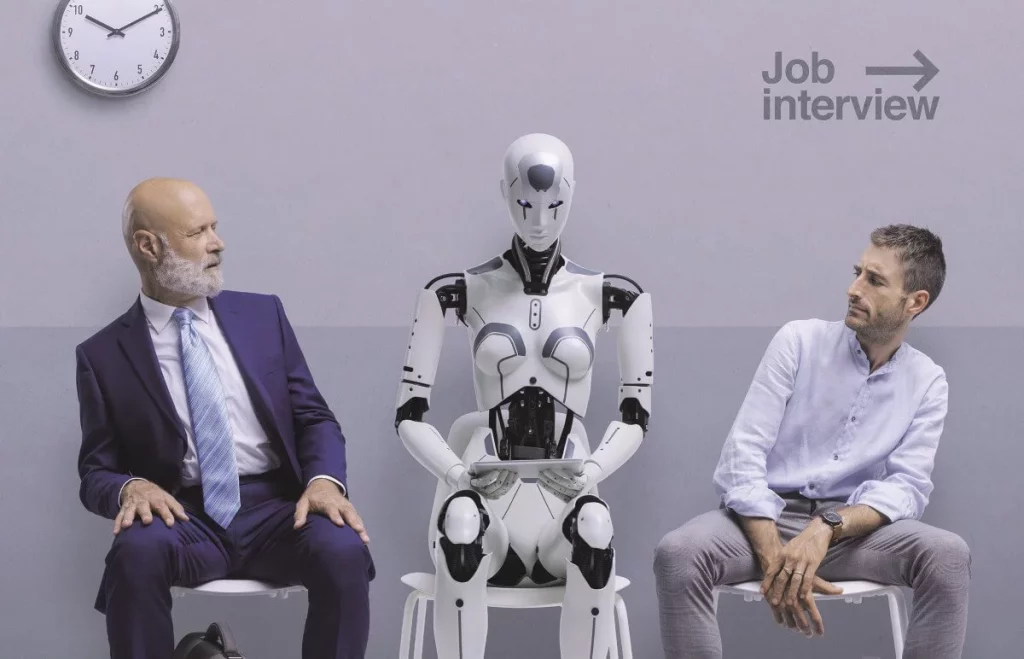
7. AI Development Platforms for Custom Solutions
Examples: Azure Machine Learning, Amazon SageMaker, Google Vertex AI, Databricks, IBM Watson Studio
For enterprises building proprietary AI solutions, these platforms provide infrastructure, pre-trained models, and tools for developing, training, and deploying machine learning applications.
How they drive innovation and competitiveness:
- Allow organizations to develop domain-specific models (e.g., fraud detection, product recommendations)
- Secure data ownership and tailor models to internal workflows and challenges
- Enable continuous learning and performance tuning based on live data
8. AI in Cybersecurity
Examples: Darktrace, CrowdStrike Falcon, Palo Alto Networks Cortex XDR, IBM QRadar with AI
AI-powered cybersecurity platforms detect threats faster and adapt to new attack vectors in real-time.
How they drive innovation and competitiveness:
- Prevent costly security breaches and business downtime
- Identify vulnerabilities before they are exploited
- Free up IT teams by automating incident detection and triage
9. AI Assistants and Workflow Automation
Examples: Microsoft Copilot, Google Duet AI, Notion AI, Zapier with AI, UiPath with AI
These tools integrate directly into office software and digital workflows, helping users summarize content, generate responses, extract information, or automate repetitive actions.
How they drive innovation and competitiveness:
- Boost employee productivity by handling low-value but time-consuming tasks
- Encourage cross-functional collaboration through smarter documentation and meeting insights
- Scale operations without increasing headcount by automating routine processes
Final Thoughts
The most effective AI tools for enterprises are those that don’t just improve a task—they reshape how work is done. By embedding intelligence into decision-making, content creation, customer service, and operations, these tools enable companies to do more with less, respond faster to change, and consistently outpace competitors.
Crucially, AI adoption is not about chasing the newest or most advanced technology. It’s about choosing tools that solve real problems, align with business goals, and scale sustainably. As businesses look to the future, those that treat AI as a strategic enabler—not just a technical add-on—will be best positioned to lead in innovation and growth.




